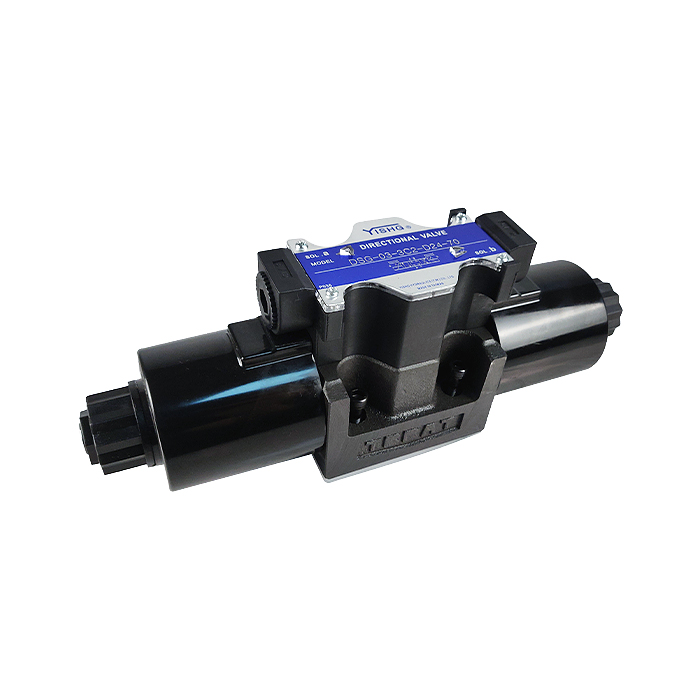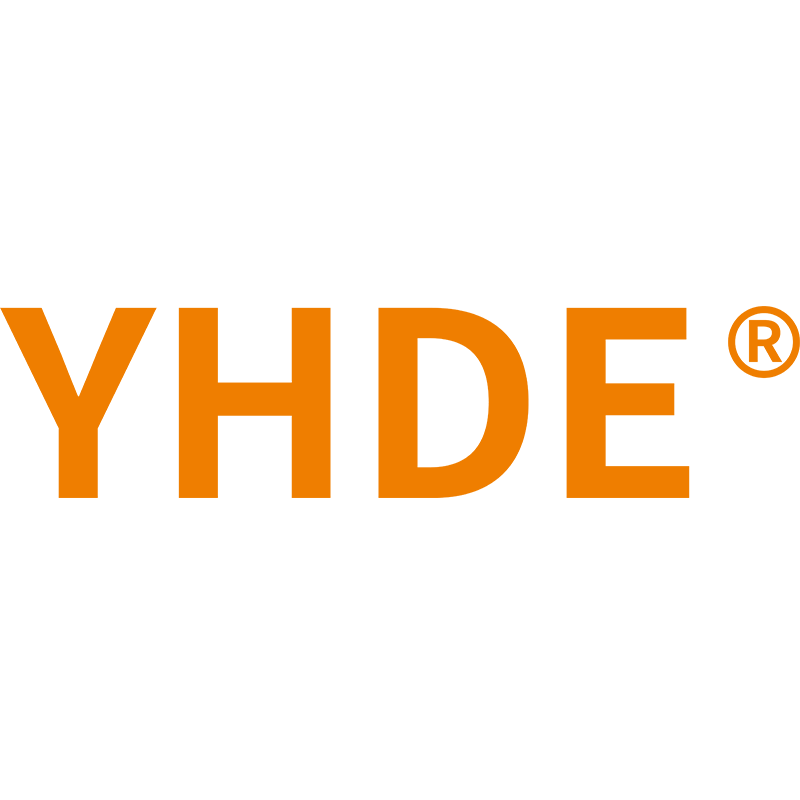What is the difference between a relief valve and a pressure reducing valve in a hydraulic system?
Why are relief valves and pressure reducing valves used in hydraulic systems? Relief valves and pressure reducing valvesare belong to pressure control valves. The pressure valves include relief valves, pressure reducing valves, sequence valves, pressure relays, electric pressure gauges and other pressure control valves.
The relief valve
In fact, the relief valve is divided into two types: direct-acting and pilot-operated. The direct-acting type has simple structure,small resistance, sensitive action and low requirement for manufacturing precision but low cost. The disadvantage of pressure hysteresis is relatively serious, and it is prone to vibration. The control pressure is greatly affected by the overflow flow, so it can’t be used in high-pressure and large-flow systems, while the pilot relief valve is the opposite. Relief valves are generally used in parallel in the oil inlet bypass of the system to regulate, stabilize and reduce pressure; prevent system overload and ensure safety.

The pressure reducing valve
The pressure reducing valve is divided into three types: fixed value, fixed difference and fixed ratio; the most common one is the fixed value pressure reducing valve. If it is not specified, the pressure reducing valve that is usually a fixed value pressure reducing valve. According to the installation structure, it can be divided into superposition type, direct installation type and pipe type pressure reducing valve; generally, the pipe type is less used. According to the working form, it can be divided into pilot type and direct action type. The pressure reducing valve is generally located at the branch circuit interface of the actuator; the pressure reducing valve is mainly used to reduce the pressure of a branch oil circuit of the hydraulic system, so that the branch pressure is lower and stable than the main oil circuit pressure, within the range of the set pressure , the pressure reducing valve is also closed like the relief valve. However, as the system pressure rises and reaches the pressure set by the pressure reducing valve, the pressure reducing valve opens, and part of the oil will return to the fuel tank through it (at this time, the oil with a certain pressure returns to the fuel tank, and the oil temperature of the fuel tank will rise) , the oil pressure of this branch will not rise. It plays the role of reducing and stabilizing the branch.
The conclusion
The structure of the pilot relief valve is different from that of the pilot relief valve in the following points:
1. The pressure reducing valve keeps the outlet pressure basically unchanged, while the overflow valve keeps the inlet pressure basically unchanged;
2. When not working, the pressure at the inlet and outlet of the pressure reducing valve communicates with each other, while the inlet and outlet of the relief valve are different.
3. In order to ensure a constant setting value of the outlet pressure of the pressure reducing valve, its pilot spring chamber needs to be connected externally to the oil tank through the oil discharge port. And the relief valve is the opposite.

